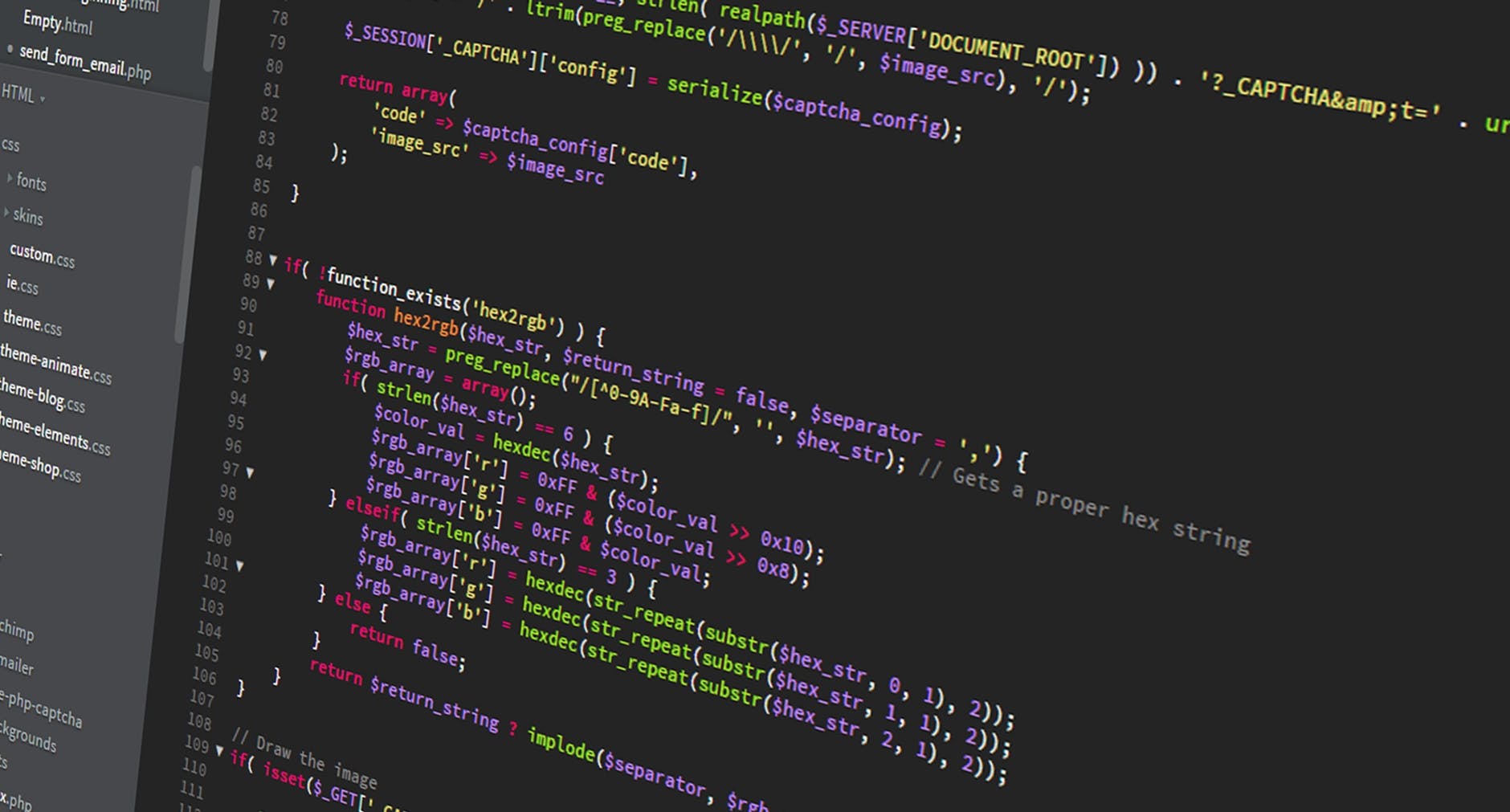It seems odd that many Web Designers can’t code their own designs, but it appears to be the case of many designers when they are starting. Today the profession of UX/UI looks more like a re-brand of another type of vector-design, instead of an evolution website design and production. As designers mature, some of them get even more distant from real production environments. while others, make the wise decision of opening up the skillset and bridge the gap in between a drawing or a real UI prototype. Many designers come from a strictly visual background and have phobia, disinterest or plain laziness to learn anything that is beyond drag and drop. Finally learning HTML and CSS in order to code front-end design is probably the best decision designers can make. Here are five solid reasons why I think designers should get their hands dirty with code and stop the snobbery of thinking they are the gods who create the rules and developers are their slaves who build what they say they want. Developers have their own new challenges especially in the field of Javascript.
Reason 1: The combination of designing in a graphics program along with HTML & CSS (And Javascript) is said to be greater than the sum of the parts. Many people view code as a restriction to a designer but when I learn to code I found it empowering. Far from being a restriction, it opens up a whole new realm of creative options and opportunities. Now you can move from digital crayons into working with the real materials of the web. Learning code makes designers great again.
Reason 2: Your designs will be brought to life in exactly the way you want them too. Making sure the design intention is carried all the way from conception to product. If you completely separate the duties of designing and coding there inevitably comes a point in a project where the coder ends up doing design, at which point the design may degrade. This isn’t the fault of the coder. It’s just not practical to go back to the designer for a Photoshop mock-up every time a new section or component of the site needs to be designed/added.
Reason 3: It’s even arguable that HTML & CSS is more a designer’s tool than developer’s. In fact, CSS is a declarative, semantic, user-friendly language strictly focused on presentations, therefore, geared towards “website design” from its conception. So, if you’re a designer who doesn’t code, it might seem like a daunting task to learn. Learn it, you won’t regret it.
Reason 4: It’s massively time-saving to be able to both design and code. Like I said in my last point, once you reach the point in a project where you feel comfortable designing in the browser you instantly cut out all those Photoshop mock-ups you would have handed over to a coder, only to re-do in code what you’ve already done in Photoshop.
Reason 5: If you’re a designer who can’t code, learning code opens up a whole new world of job opportunities with increasing salary advantages, whether you’re looking for freelance gigs or permanent employment in a company. One of the main reasons I learn to code was because I was so frustrated by the lack of opportunities for designers who can’t code.
In Conclusion: Obviously there are times when it’s just not practical or the best use of a designer’s time to be forever updating a website, especially with larger projects but on the whole if you care about how the content on your site is presented I think you get the best results with a designer that knows how to code.
Design takes more than just code and markup, also tools that can make the difference between good work with exceptional pieces. Check out designerweapons.com for resources and tools designers love.

